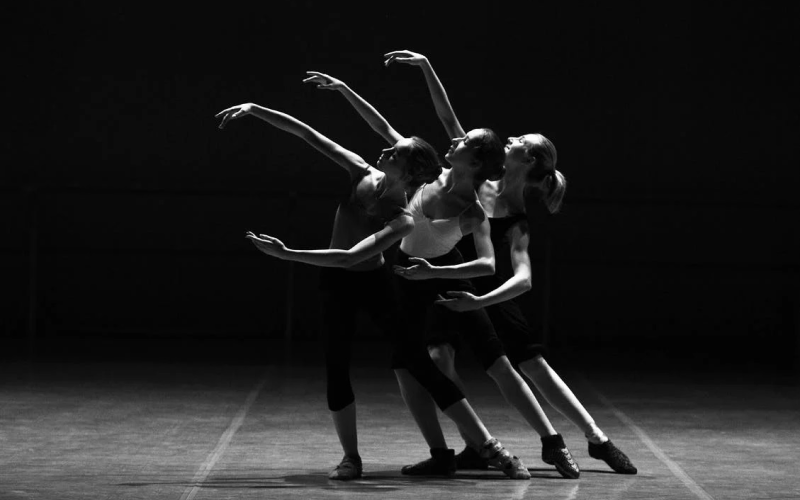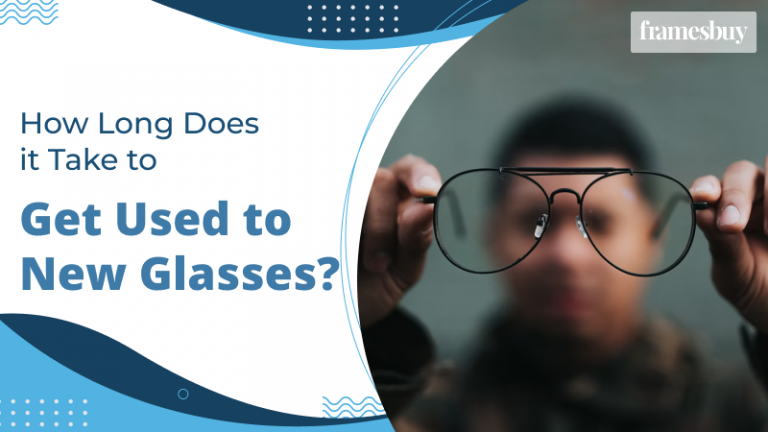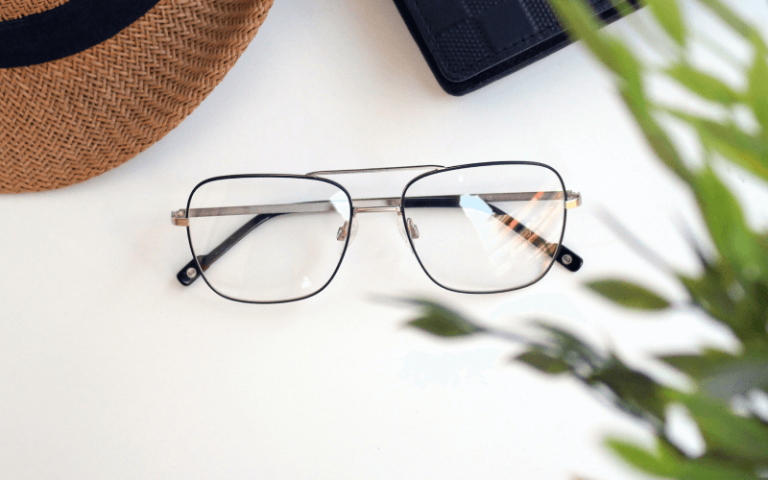“Dancing is the poetry of the foot.” — John Dryden
Dance is a body-based art that re-emerges the soul by the rhythmic representation of music and expression. The practice of dancing dates back to the era of cave painting, and since then it has become a part of human culture. This was a great means of social communication and bonding between early humans.
Ballet is one of the most contemporary dance forms in the early 20th century and even today. With the renaissance of the cultural genre, ballet experienced an explosion of growth since it first made its appearance around the 1500s.
Gliding and twirling across the stage like a delicate fairy-like being manifested the ultimate elegance of ballet- what a grace, isn’t it? Coming to the physical presence, what comes to your mind when you think about a ballerina on stage? Apart from the mesmerizing illusion of unattainable divinity, the bell-shaped skirt of white muslin and gauze is what draws your attention.
But have you ever spotted a ballerina with glasses? Rarely one!
So, does that mean, you can’t indulge in your favorite dance form if you are a regular user of prescription eyeglasses? Or what about those professional dancers who don’t see very well?
We are here with our views on this topic. But before we proceed, let’s give you a quick insight into this enticing dance form!
A brief introduction to Ballet:
This awe-inspiring performance-type dance form originated during the Italian Renaissance, which further developed in France and Russia in the early 15th and 16th centuries. Catherine de Medici of Italy was the first to introduce this into court life in France.
With Italian roots, Ballet transformed into a theatrical illusion and that made it popular globally. The dance involves various techniques and moves that render an exceptional elegance: Allegro, Pirouette turns, Coupé-jete’ en tournant, Grand Plies, Sauté and Ballon.
Hence, it’s quite obvious that Ballerinas need extreme physical fitness and dedication to portray this artform impeccably. But what if a Ballerina does not have good eyesight?
Here’s what the argument says!
Can You Dance While Wearing Glasses?
Yes of course! Why not? It’s crucial to see your trainer, fellow dancers, the barre, and your dancing space. Instilling a strong appreciation of the performing arts among those with vision problems isn’t that complicated. The dance form itself is compelling and for your visual accuracy teacher/trainers recommend using eyeglasses during regular classes and contact lenses for public events.
Ballet or any other dance requires hours of practice and a methodical approach. If you are one with low vision accuracy, opt for a lightweight frame so that you can focus on your moves. Ensure that your specs are transparent and fit snuggly to avoid slipping down.
On the contrary, some recommend not using them strictly during performances
Here’s why:
First and foremost, ballet is all about uniformity. If one wears glasses while performing on stage, then it might look a bit out of place. And, that might refrain the audience from enjoying the masterpiece.
Secondly, the glare and reflection of stage light might refrain the performer from holding her expression. This would eventually affect the style and grace of the dance format.
Are you out of options? Check this out!
A light transparent frame with a plastic lens would be the best to avoid being noticed too much. And, if it’s all about convincing your little munchkin to put them on while dance classes or during events, it’s best to keep the frame feather-light and transparent.
Final word!
‘Dance is the hidden language of the soul’– A perfect blend of rhythmic representation of music and body movement makes dancing way more fascinating and enjoyable. But gesture and eye contact play a vital role in bringing out your emotions.
So don’t let your vision problem stand in the way of creating a memorable masterpiece. Get premium quality transparent eyeglasses from Framesbuy to make your ballet performances flawless.







